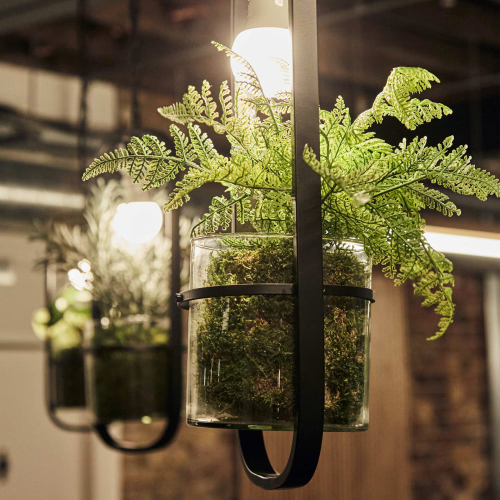Design trends and considerations that are long-lasting and future-proof
Peldon Rose Senior Project Designer Colm Murphy discusses design trends that are long-lasting and...
Whatever stage you’re at in your office fit-out process, there are hazards and risks that you must prevent with the right assessment and precautions put in place.


Health and safety within the workplace refers to creating a work environment that operates safely. This is required by law in the UK and is also known as occupational health.
Whatever stage you’re at in your office fit-out process – from interior design to the refurbishment itself – there are plenty of hazards and risks that you can prevent with the right assessment and precautions put in place.
Office health and safety is important to any business for a number of reasons. Aside from the legal implications that could follow an individual hurting themselves in the workplace, you could also damage your reputation.
Bad press surrounding a workplace injury or occupational health hazards will also seriously affect your talent attraction and retention rates, not to mention cost you money. Keeping on top of your health and safety obligations and making reparations before accidents happen will save you more in the long run.
It’s important to ensure your workplace meets to correct health and safety specifications from the day you move in, and conduct regular inspections every three to six months or so for preventative purposes. These checks may also highlight an area of the office that is consistently problematic or needs attention, or identify an individual or team that may need training on health and safety best practices.
To help you stay in line with government guidelines, regulations and laws, there are plenty of checklists and other resources available, which we’ve added below. Office health and safety doesn’t just cover things like trips, slips and falls; it also takes into account hazards like technology, lighting, furniture and more.
Regular office maintenance is a key part of keeping people safe inside the workplace. Many safety issues such as trips, shocks and fire can be prevented by doing regular checks, upgrades and replacements on lighting, electronics and technology.
Manual handling is a common cause of workplace injury, and whilst not always preventable, there are steps that you can take to lessen the chances of this occurring at work. Taking your filing system online, providing plenty of agile working spaces and furniture and, where needed, making sure that storage areas are not too high or too low to the ground will eliminate the need for employees to lift or carry heavier items.
Poor health and safety measures can also affect employees’ physical health over time; for example, providing ergonomic task chairs and other furniture such as sit-stand desks that are supportive of healthy posture will prevent long term injuries in the back and neck. It’s worth remembering that other things like your eyes and wrists can also be affected by bad posture and poor equipment and furniture. Providing large, clear screens, desking and chairs that have adjustability and ergonomic equipment will also prevent workplace related strains and injuries.
An often overlooked component of health and safety is the air quality. Improper ventilation can easily spread illness, as many businesses learned the hard way returning to the office after the first wave of COVID-19 in 2020. Ensuring your office or building has a modern HVAC (heating, ventilation and air conditioning) system that filters and cleans air is essential to this. Reducing the impact of illness to absences throughout the colder months of the year.
Mental health is a hugely important part of occupational health and safety. Poor mental health can be affected by several factors both internal and external and it is often the first thing we neglect at work. Taking time to look after employee wellbeing and giving them the space to put themselves first when they need to paramount to combatting the current mental health pandemic we’re seeing in the UK.
While the lines are blurred when it comes to how much businesses must accommodate for their employees’ mental health, not providing support and promoting a healthy work/life balance will undoubtedly see absenteeism rise as a direct result, as well as a further rise in hiring costs due to larger turnover in staff.
Finally, ensuring that you have a process and plan of action in case injuries do occur is essential. Planning for all events, from a minor injury to a fire, or even a natural disaster (no matter how unlikely it may be in the UK). What is the process for reporting accidents on site? Do you have trained fire marshals on site and do your employees know what to do in the event of a fire? Have you provided first aid training for employees in the event of a stroke or heart attack? You’ll need to put these processes in place to protect employees during events that are out of your control.
For more information surrounding what your obligations are as an employer and to find resources to help you ensure you’re compliant, check out the GOV.UK website, the Health & Safety Workers’ Index or the UK Safety Management website.

Peldon Rose Senior Project Designer Colm Murphy discusses design trends that are long-lasting and...

Here are 5 office design essentials for a commercial office space. Get inspiration from our experts for a...

Designing a small office setup can be a challenging task. We've compiled seven small office design ideas to...

Here are some creative office lighting ideas from Project Designer Ashton Holmes to brighten up your office.

Your workplace holds enormous potential to improve your business performance. Get in touch today, and we will unlock that potential together.